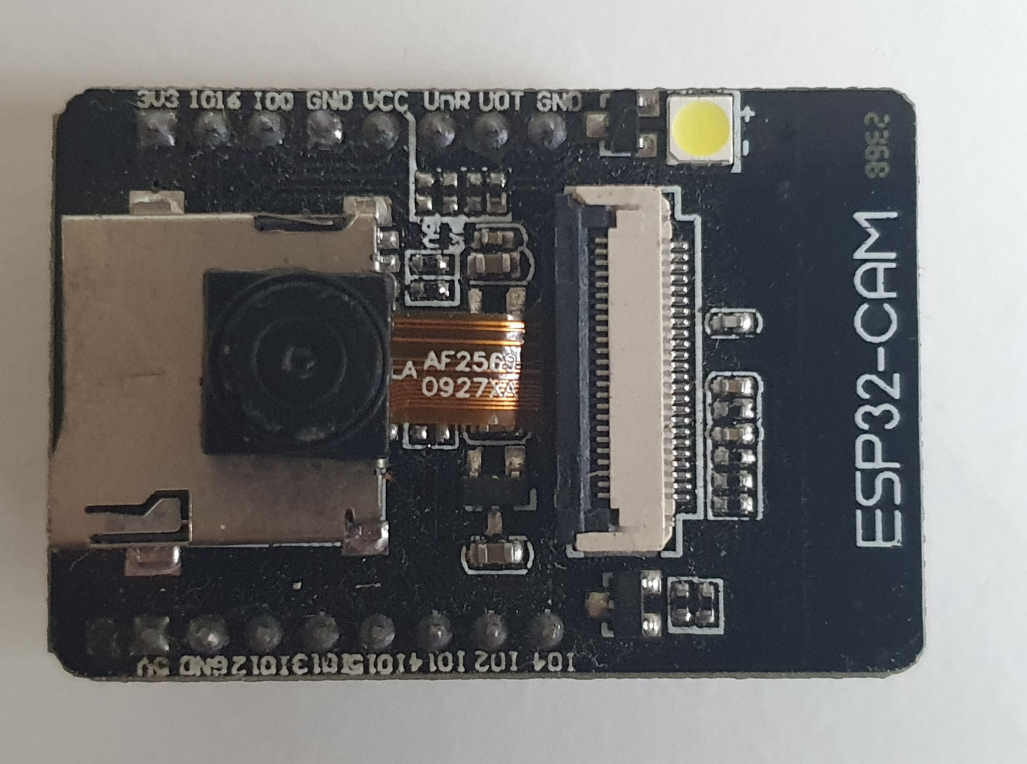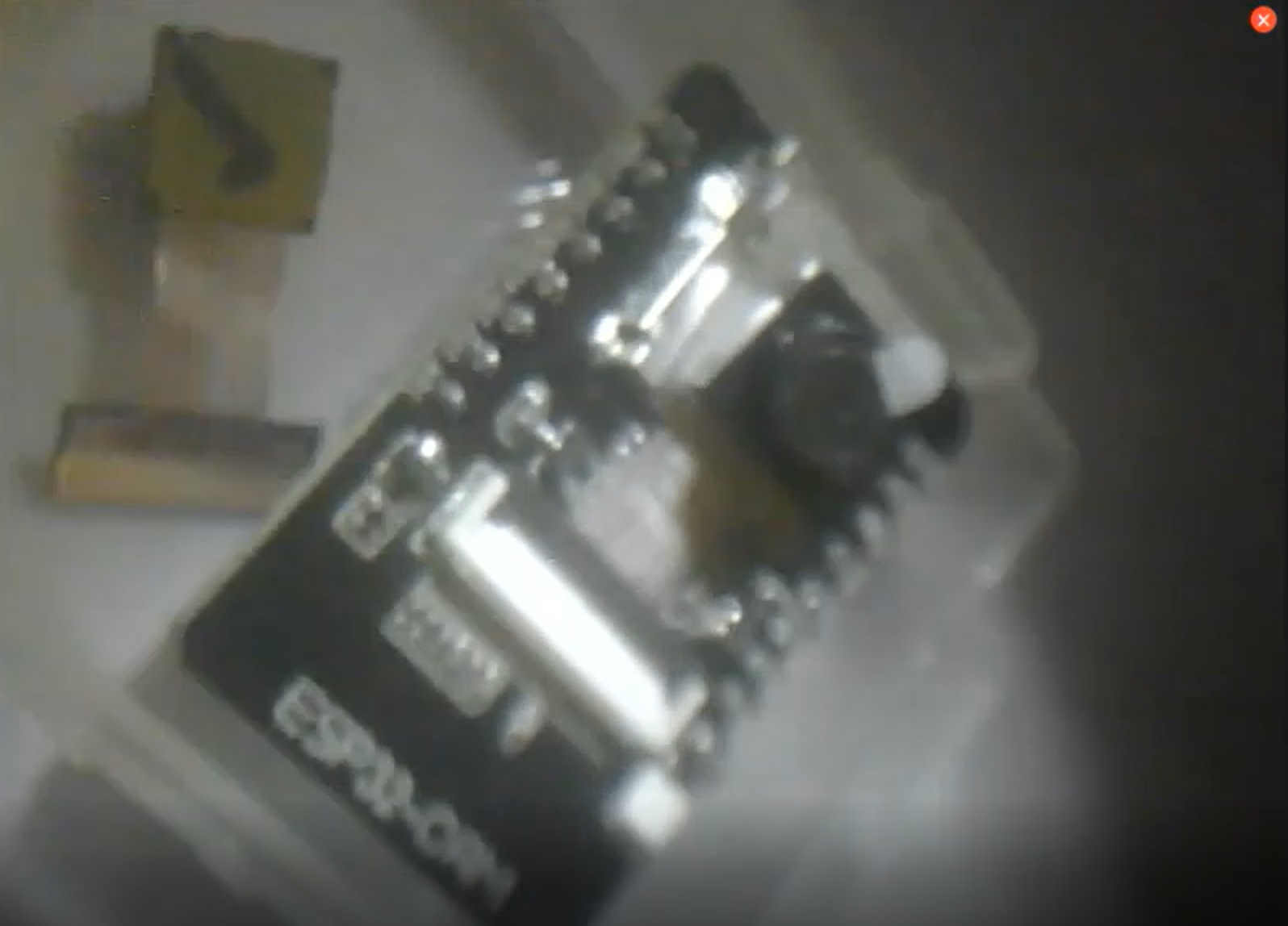You may want your Arduino Camera enabled project to work in low or no visible light, or be able to watch for wildlife or intruders without them noticing..... which can be easily achieved with a modification to the camera module itself.
Here we use the ESP32-CAM board, which has a OV2640 camera onboard, however the same modification will work with a variety of embedded camera modules. It is often also possible to purchase the same camera module without an IR Filter if you don't want to modify your current module.
Ensure you are working in a clean area, with as little dust as possible, as we will be exposing the camera CCD while performing the modifications.
Modifying the Lens Assembly
First you need to detach the camera module from your board.
Now you can unscrew the lens assembly from the module, as this is what we need to alter.
If you look accross it on the back in the right light, you should be able to see the InfraRed filter:
Now you can take a sharp knife or scalpel and cut around the filter to remove it from the module.
Ensure it is free from dust and dirt under a bright light before screwing the lens back into your camera module.
If you have multiple camera modules, ensure you mark up the modified one so you know which are "normal" and which are IR.
Now it can be connected back to your board as normal.
IR Light Source
To test with you can normally use a TV or Stereo Infrared Remote control, however you may want to have a dedicated light for your end project.
This is easily achieved with a 940nm IR LED, and resistor, which can be triggered from your board when needed.
On the ESP32-CAM you can also remove the onboard SMD LED, and solder your own LED in its place, so when you use the Flash functionality you have an IR flash instead of with visible light.
ESP32-CAM with Standard LED

ESP32-CAM with IR LED

Testing it Out
You will notice that removing the IR filter has not prevented the camera from detecting colour or normal visible light, however without the IR filter the image will "burn out" far more quickly, especially in sunlight.
The advantage of this is you can now use it to capture images during the day, and in low light or complete darkness, whether it be for a bird feeder camera, a doorbell camera, or simply as a fun project.
ESP32-CAM with Dim Visible and Strong IR Light Source

ESP32-CAM with No Visible Light and Strong IR Light Source

Video Guide
See our Video demonstration of this below:
Useful Links
Pull Up / Down Resistors Explained
Powering Projects
How To Use a Multiplexer IC
How To Use a Line Driver IC
How to Use an Optocoupler or Photo Transistor IC
Calibrating Sensors